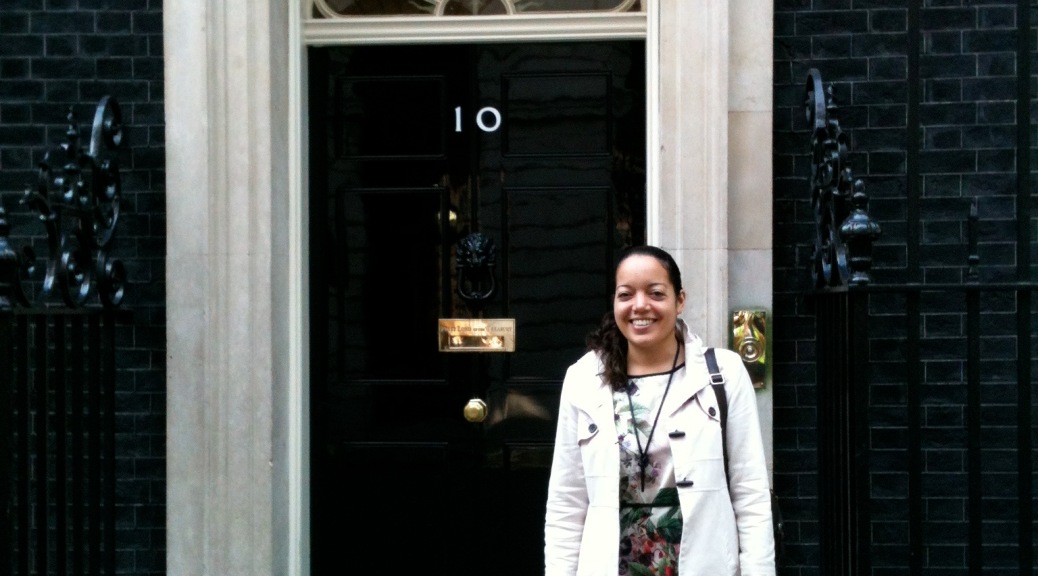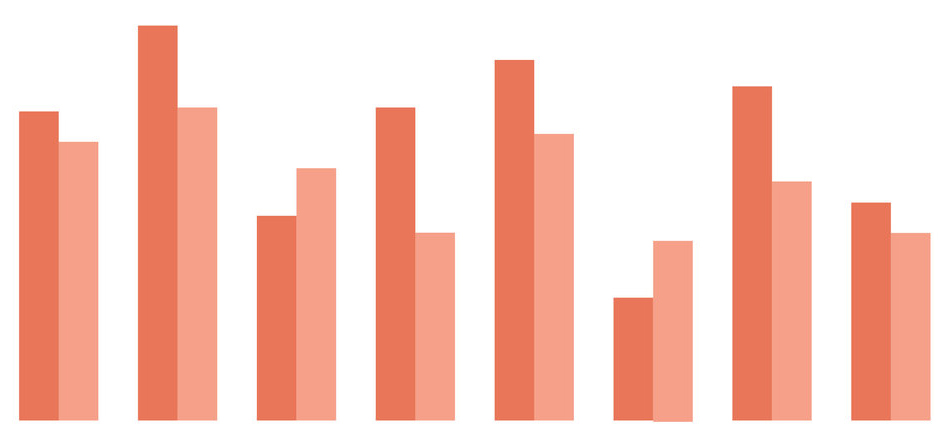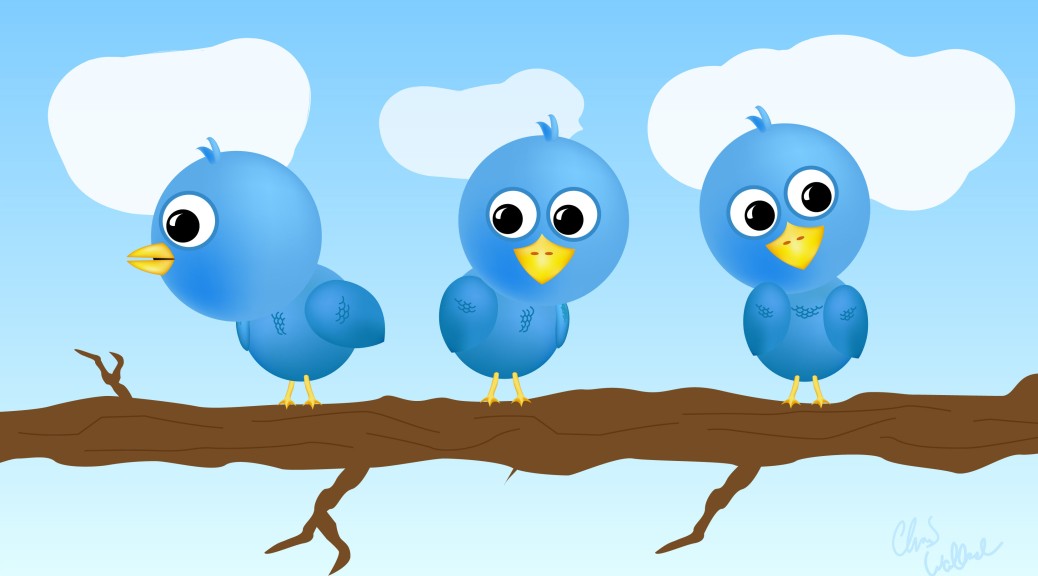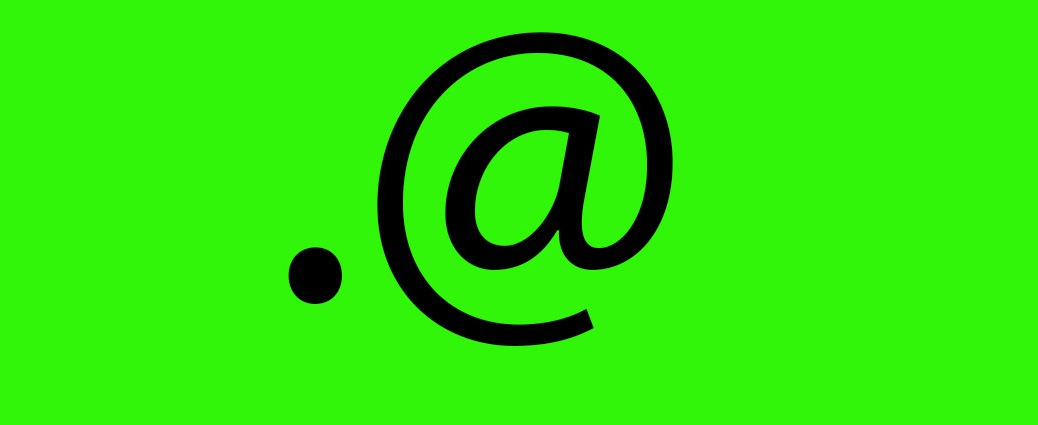I’ve been avoiding my blog for a while because I worked on the Grenfell Tower recovery team. Some of what I worked on isn’t appropriate to share on social media, and some of it’s too painful to talk about, but the experience was a massive learning curve. I love reading other people’s blogs and learning from them and so I thought it was time I shared some of what I learned.
I used to think I was having a bad day at the office. Someone senior hadn’t signed something off so my project was delayed. Someone made a negative comment on social media about a project I’d put my heart and soul into and it hurt my feelings. I realise now those weren’t bad days. When you get death threats on social media, when someone throws a microphone and knocks your camera over while you’re filming, when you break down in the middle of the street and sit on the pavement bawling your eyes out – those are the bad days.
I’m not suggesting for a minute that I’m the one you should feel sorry for. I was working with families who’ve lost children and parents. People who’ve lost everything they own. People who’ve witnessed things you only expect to see in a horror film. But I like to think I can help other people who might have to deal with a crisis situation at work with some practical tips and things I learnt about coping with the emotional side.
I was born in North Kensington. I could see Grenfell Tower from my bedroom window. I was devastated when I heard about the fire and so I jumped at the chance to be part of the team that helped people affected. It’s safe to say I was naïve. I took the job because I thought I could help but I had no understanding of the anger and pain I would be dealing with.
I had to learn a few things very quickly about dealing with a crisis:
Throw corporate norms out of the window. In a crisis no one is interested in the type of language government uses. Jargon and acronyms that may have only irritated people in the past will quickly enrage them. Speak like a human being or don’t expect to be treated like one.
Grow a thick skin. You don’t know who you’re talking to when both of you are behind a keyboard and that makes some people more vicious. If I was talking to people face to face I doubt they would be half as abusive, but social media can bring out the worst in people. In other jobs I could ignore abusive comments, but in a crisis situation you don’t know what the person you’re talking to has been through, so no matter how abusive they are you need to stay calm, patient and friendly, and do whatever you can to help.
You can only do what you can do. When I was faced with endless waves of criticism and anger on social media, the line between what I was personally responsible for and what was out of my control became blurred. I started to feel guilt and shame about things that were nothing to do with me. It took a couple of counselling sessions and conversations with supportive friends and colleagues for me to realise all I can do is my best. Keep talking to people you trust so you don’t lose your sense of perspective.
Don’t lose site of your brief. My role was to communicate with people affected by the tragedy and help them to find information and resources. When you’re under scrutiny from the general public, the press, other organisations and celebrities it’s easy to lose site of what you’re supposed to be doing and get distracted by other people’s agendas. It’s really important to keep third parties informed, but not at the expense of the people who matter the most in a crisis situation.
I still get shaky when I hear people talking about Grenfell – the emotional impact has taken it’s toll on me – but I’m so glad I had the opportunity to help and meet some amazing people along the way.
Image by Duncan C









